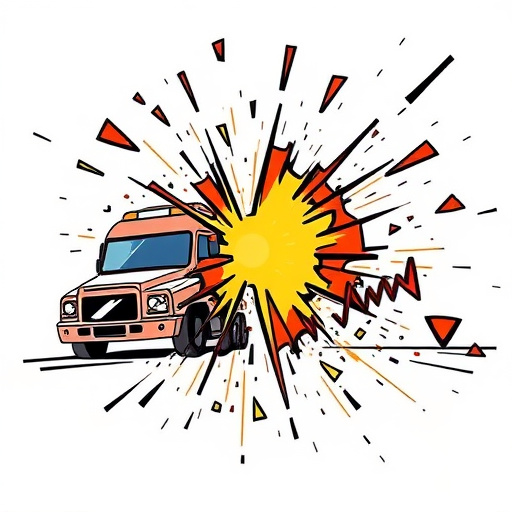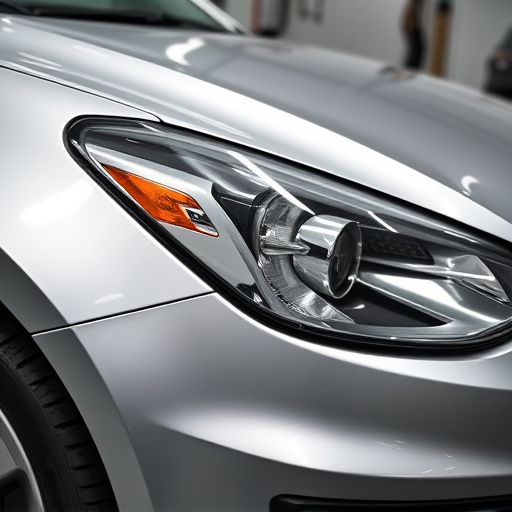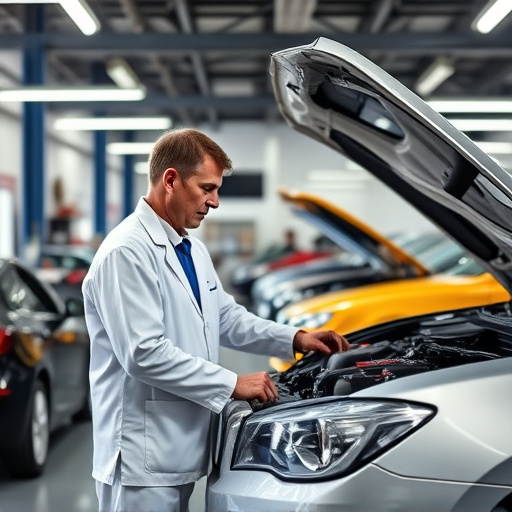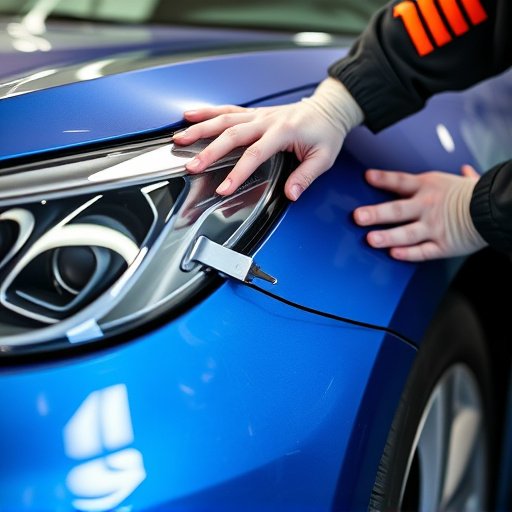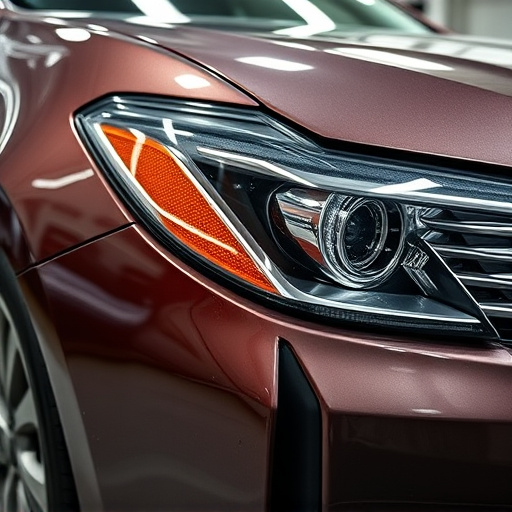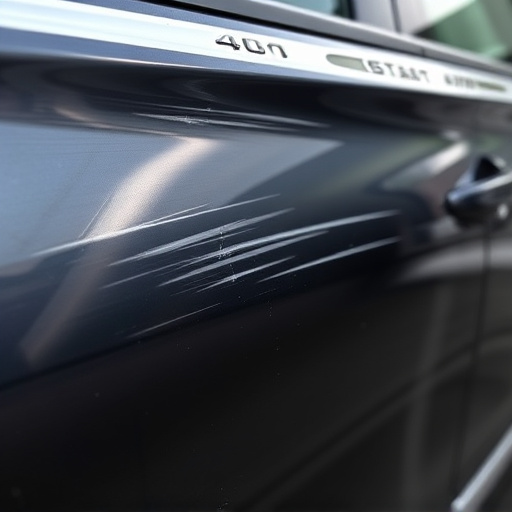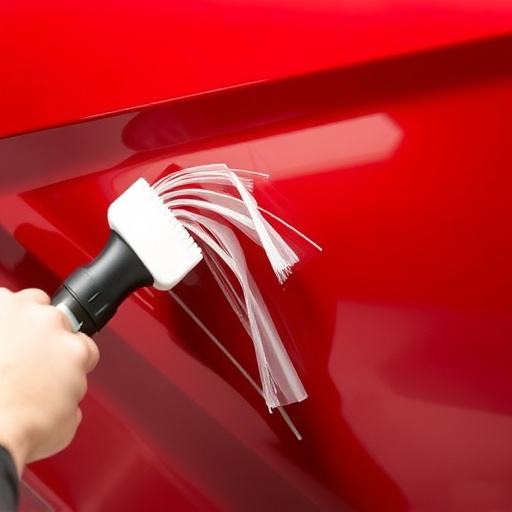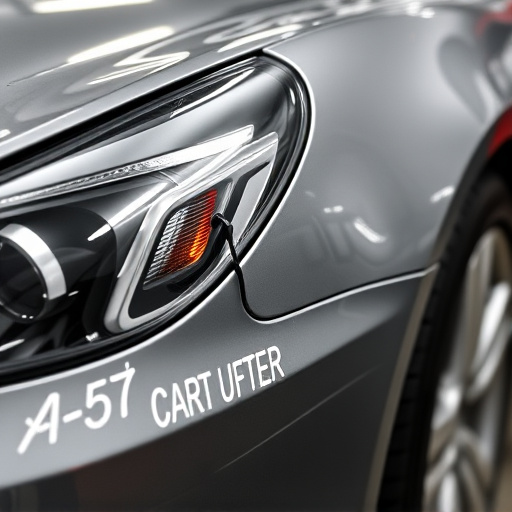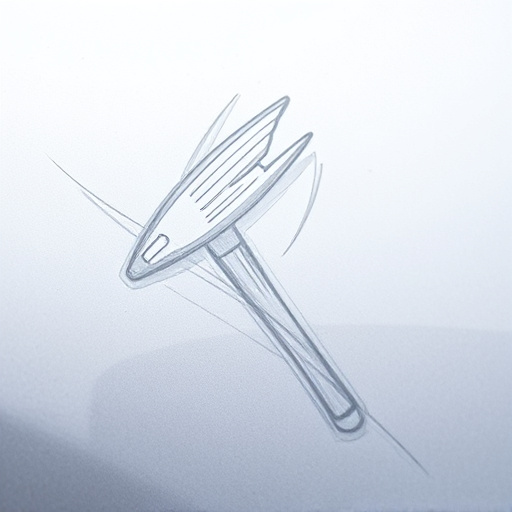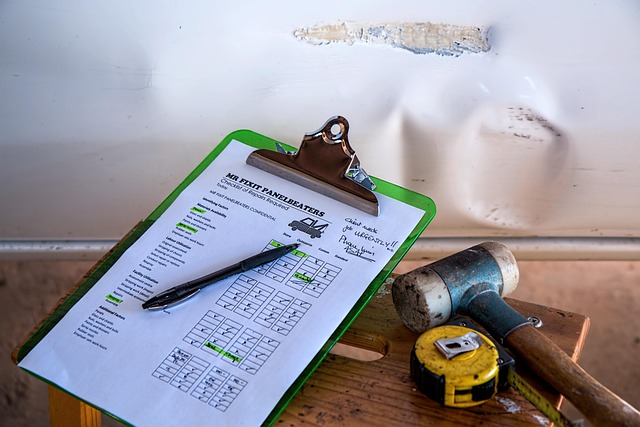Car frame damage repair is possible for mild cases, but severe collisions may require replacement. While advanced techniques minimize scrap, extensive deformation limits restoration. Structural integrity and safety standards dictate replacement over repair for extreme cases. Consulting automotive experts using advanced tools identifies critical damage, emphasizing experienced technicians and reputable parts for repairs.
Car frame damage repair is a delicate process, but its feasibility depends on the severity of the harm. Understanding when repairs are no longer viable is crucial for safe and reliable vehicle restoration. This article delves into the factors determining the limits of car frame damage repair techniques. We’ll explore signs indicating replacement may be the safer option, guiding you through the decision-making process to ensure your safety on the road.
- Understanding Car Frame Damage Severity
- Limitations of Repair Techniques
- When Replacement Is the Safer Option
Understanding Car Frame Damage Severity

Car frame damage can vary greatly in severity, from minor dents and dings to extensive deformation and misalignment. Understanding where your car falls on this spectrum is crucial before deciding on car frame damage repair. Mild frame damage, often caused by fender benders or light collisions, might be feasible for repair with minimal impact on structural integrity. In such cases, experienced mechanics can realign the frame and make necessary adjustments using specialized equipment.
However, severe frame damage, frequently resulting from head-on collisions, rollovers, or significant rear-end impacts, can compromise the vehicle’s safety and stability. Mercedes Benz repair experts and other automotive repair specialists typically recommend replacing the damaged frame rather than attempting repair if the deformation is extensive. Collision damage repair techniques have advanced, enabling the preservation of more original parts and minimizing scrap, but when structural integrity is compromised, it may no longer be feasible or safe to proceed with car frame damage repair.
Limitations of Repair Techniques
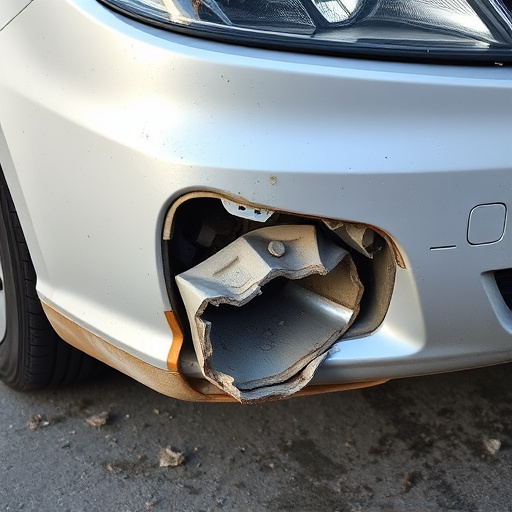
While advancements in car frame damage repair techniques have become increasingly sophisticated, there are limitations to what can be achieved. Extreme cases of frame damage, often resulting from severe accidents or structural failures, may exceed the feasibility of repairs. Traditional auto body repair methods, while effective for less critical issues like car scratch repair or minor dents, have their constraints when dealing with major structural alterations.
The complexity and precision required for successful car frame damage repair can be challenging. Even with advanced tools and expertise in auto body repair, certain structural elements may have been compromised beyond reasonable restoration. In such scenarios, replacing the damaged frame might be the most practical and safe option, ensuring the vehicle meets safety standards and performs optimally on the road.
When Replacement Is the Safer Option
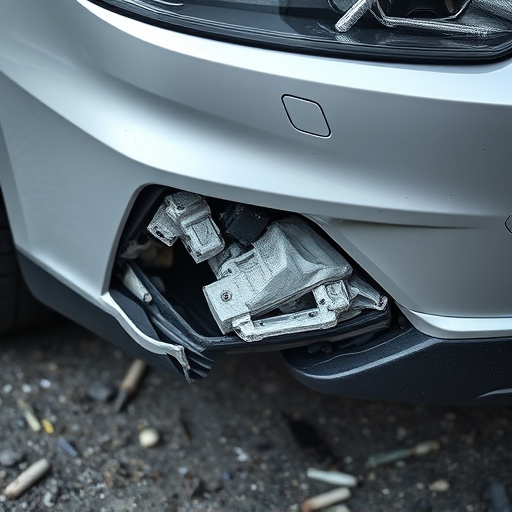
In many cases, car frame damage repair might seem like a viable option for vehicle owners aiming to save costs. However, there are instances where replacement is the safer and more reliable choice. Severe car frame damage, often caused by significant accidents or structural failures, can render traditional repairs inadequate. Even if the damage appears relatively minor on the surface, underlying issues with the frame’s integrity may exist, making complete restoration impossible.
When dealing with compromised structural elements like crumple zones, side-impact beams, or roof supports, it is best to consult automotive repair experts. They can conduct comprehensive inspections and diagnostics using advanced tools to assess the extent of the damage. If the repair requires welding, cutting, or replacing major components, an auto body shop with experienced technicians will ensure that the repairs align with safety standards. Opting for replacement parts from reputable manufacturers guarantees a like-new car frame, ensuring the vehicle’s structural integrity and long-term reliability.
Car frame damage repair is a delicate process, and while it’s often feasible, there are limitations. Understanding the severity of the damage and considering the advanced techniques available, it’s crucial to recognize when replacement parts might be the safer and more reliable option. By weighing the benefits and constraints of car frame damage repair against replacement, vehicle owners can make informed decisions, ensuring their safety and peace of mind on the road.
